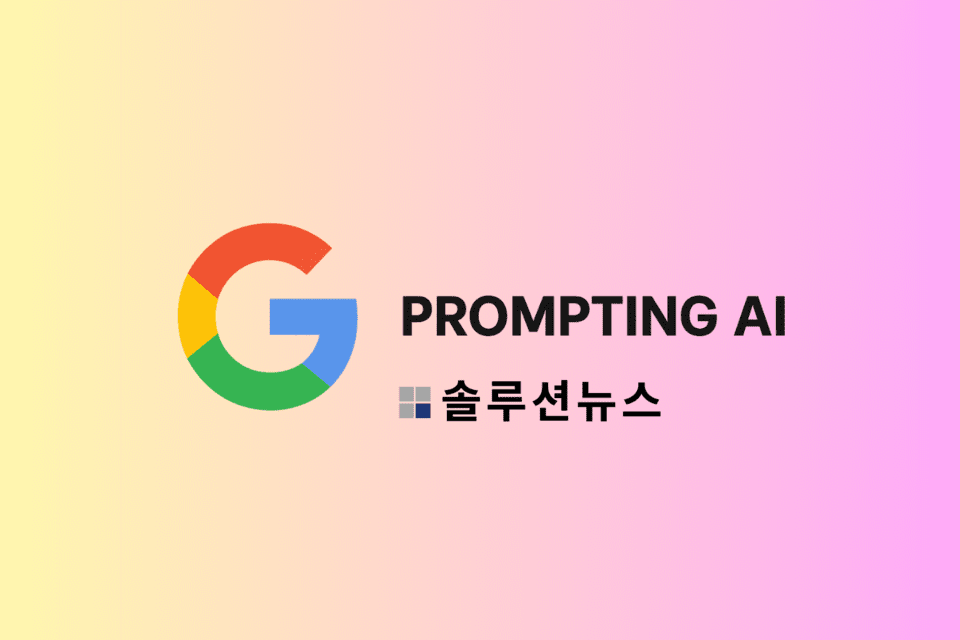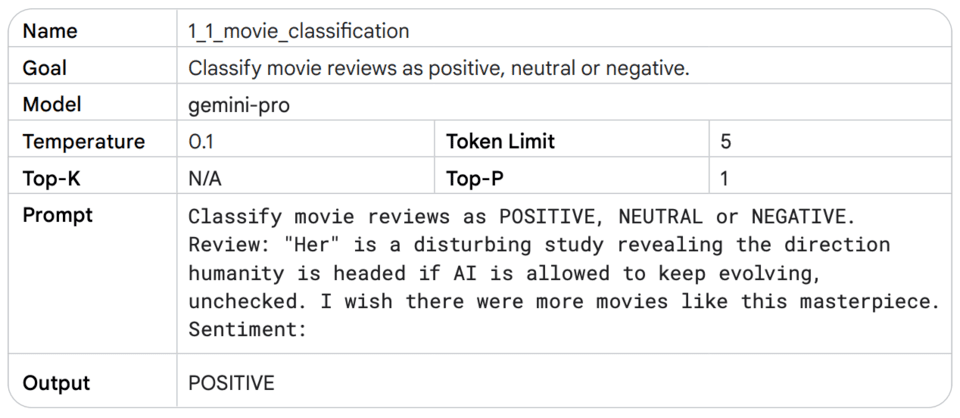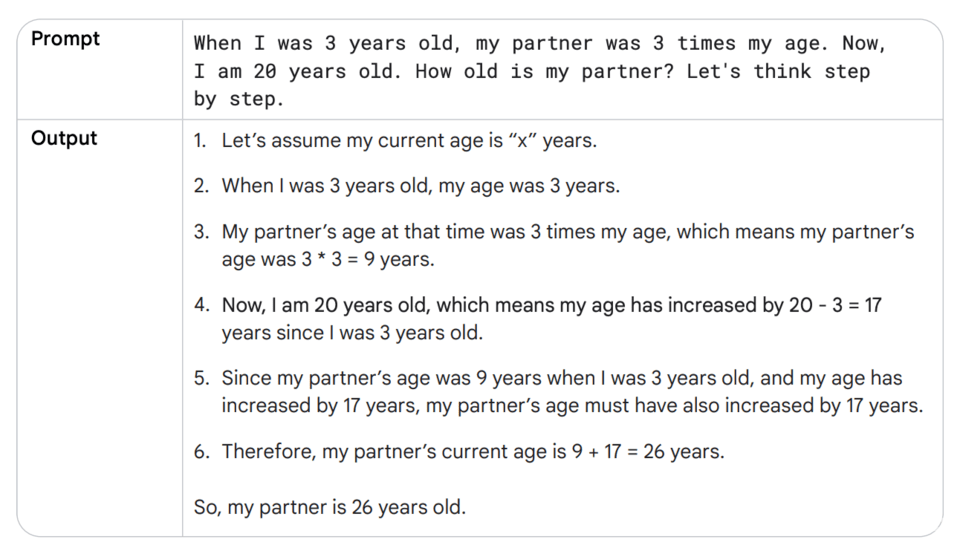Google recently released a 69-page white paper on ‘Prompt Engineering’. This document, authored by Lee Boonstra, systematically organizes how outcomes can change depending on how we interact with AI models, especially large language models (LLMs).

The most basic questioning methods are largely divided into four types: zero-shot, where questions are posed without examples; one-shot, where one example is provided; few-shot, where multiple examples guide the direction; and system prompt, which informs AI of the nature or rules of the entire conversation in advance. Including context settings or role assignments helps AI respond more precisely.
For complex issues, it’s necessary to use even the ‘thought process’. For example, the ‘Chain of Thought’ method involves guiding the AI to explain the thinking process in stages, allowing a logical flow to be created by following the AI’s reasoning process.

The white paper introduces various prompting techniques. When a problem is simple, a short question suffices. However, complex tasks like logic or mathematics require a strategy. A representative example is the ‘Chain of Thought’ method, where explaining the reasoning process in steps is suggested. This creates a logical flow by following how AI derives answers.

Additionally, the white paper introduces the ReAct method, which combines reasoning (reason) and action (act). The model first reasons and then uses external tools or information as necessary to solve a problem.
Prompt technology is also having a significant impact in the programming field. You can request functions or algorithms to be directly implemented, and the code is generated automatically. Tasks previously written and tested by humans can now be completed with a single prompt line.
To use it well, it must be well-crafted. For good questions, conditions must be clear. The white paper emphasizes that when writing prompts, it’s crucial to specify clear directives, provide relevant examples, and convey the desired result format precisely.
AI technology’s sophistication is increasing the importance of question design capabilities as a core competency. This white paper released by Google provides a practical manual to respond effectively to these changes.